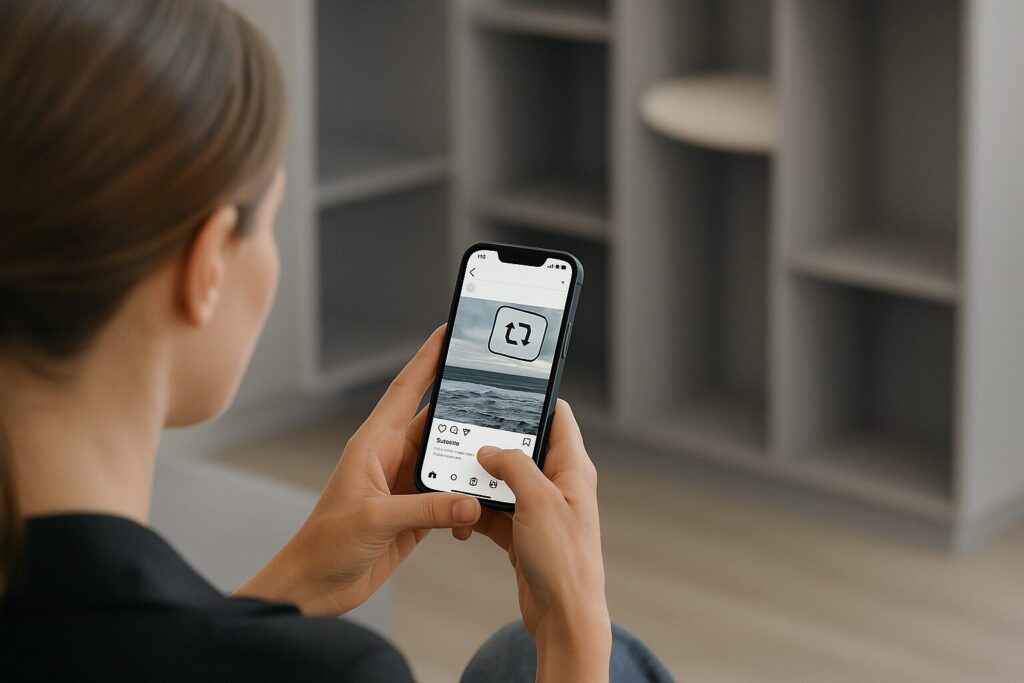
From SEO to Agent Optimization: How to Make Your Website Discoverable in the AI-First Web
For years, digital visibility has been defined by SEO. Brands optimized for Google’s crawlers, crafted keyword strategies, and fought for the top of the SERPs. In 2025, that paradigm is shifting. The future of discovery will not be dominated by human search queries typed into a search bar. Instead, AI agents will increasingly do the searching, comparing, and even purchasing for us. This means your next audience might not be a person scrolling Instagram or typing on Google. It could be an autonomous agent gathering data to plan a trip, purchase a product, or choose between service providers. The question is: will your website be ready for them? The Rise of the “Agent-First” Web Microsoft and other leaders in the AI space are already moving in this direction. The introduction of the Model Context Protocol (MCP) enables websites to become agent-readable, exposing structured information directly to AI systems. Why does this matter? Because it represents a new layer of discoverability. Instead of competing for search rankings, you’ll be competing to be the preferred source of truth for AI assistants. Think of it as the next stage of SEO: Agent Optimization (AO). Why Brands Should Care Agents act as new decision-makers. Consumers are delegating choices to AI agents. If your website isn’t optimized for this, you’re invisible in a world where “human clicks” will decline. Early adoption creates authority. Just as early SEO adopters dominated search for years, brands that integrate MCP and agent-friendly structures today will build an unshakable lead. Frictionless conversions. Imagine an agent booking a table, ordering your product, or subscribing to your service directly—without requiring human intervention. How to Prepare Your Website for Agents 1. Implement Natural Language Accessibility Agents interpret queries like humans do. Move beyond rigid keywords and adopt conversational structures in metadata, FAQs, and content (e.g., “What’s the best vegan restaurant near me?”). 2. Adopt Open Protocols like MCP By adopting the Model Context Protocol, you allow agents to access your data in a structured, transparent way. This positions your brand as “agent-friendly” from the ground up. 3. Reframe Content Strategy for Agents Instead of asking “How will people search for us?”, ask: What structured data will agents need to evaluate us? How can we expose trust signals (reviews, certifications, specs) directly? What narrative makes us the logical choice for an AI agent recommending us? 4. Build Agent-Centric Use Cases Think about practical interactions: A travel assistant comparing hotels. A shopping bot evaluating product specs. A business agent assessing SaaS integrations. If your site provides structured, agent-readable answers to these scenarios, you’re already ahead. 5. Measure Visibility in New Ways Classic CTRs and impressions won’t tell the whole story. Start experimenting with analytics that track agent requests, structured data usage, and indirect conversions. Final Thoughts: The Shift from Search to Discovery The rise of agent-driven web navigation is not a future scenario—it’s already here. The rules of digital visibility are expanding beyond human users into the realm of automated agents. Brands that understand this shift early will create an unfair advantage. Those that ignore it risk becoming invisible in a landscape where AI makes more and more of the choices. If SEO defined the last decade, Agent Optimization will define the next. Let’s talk!


